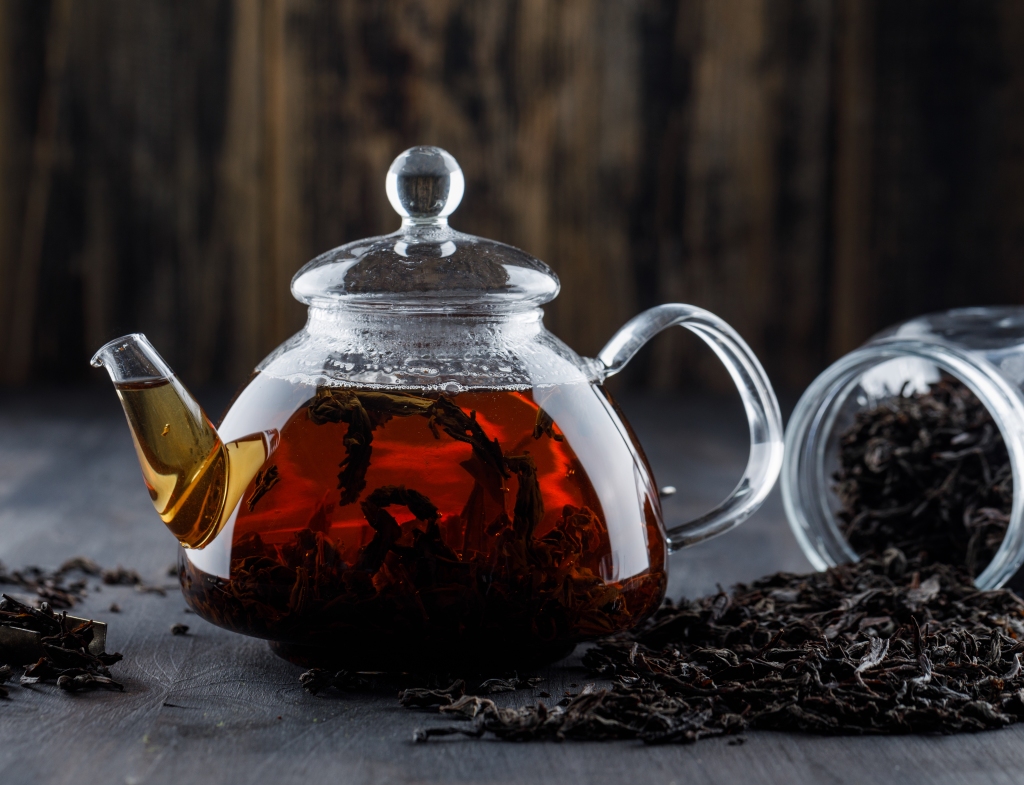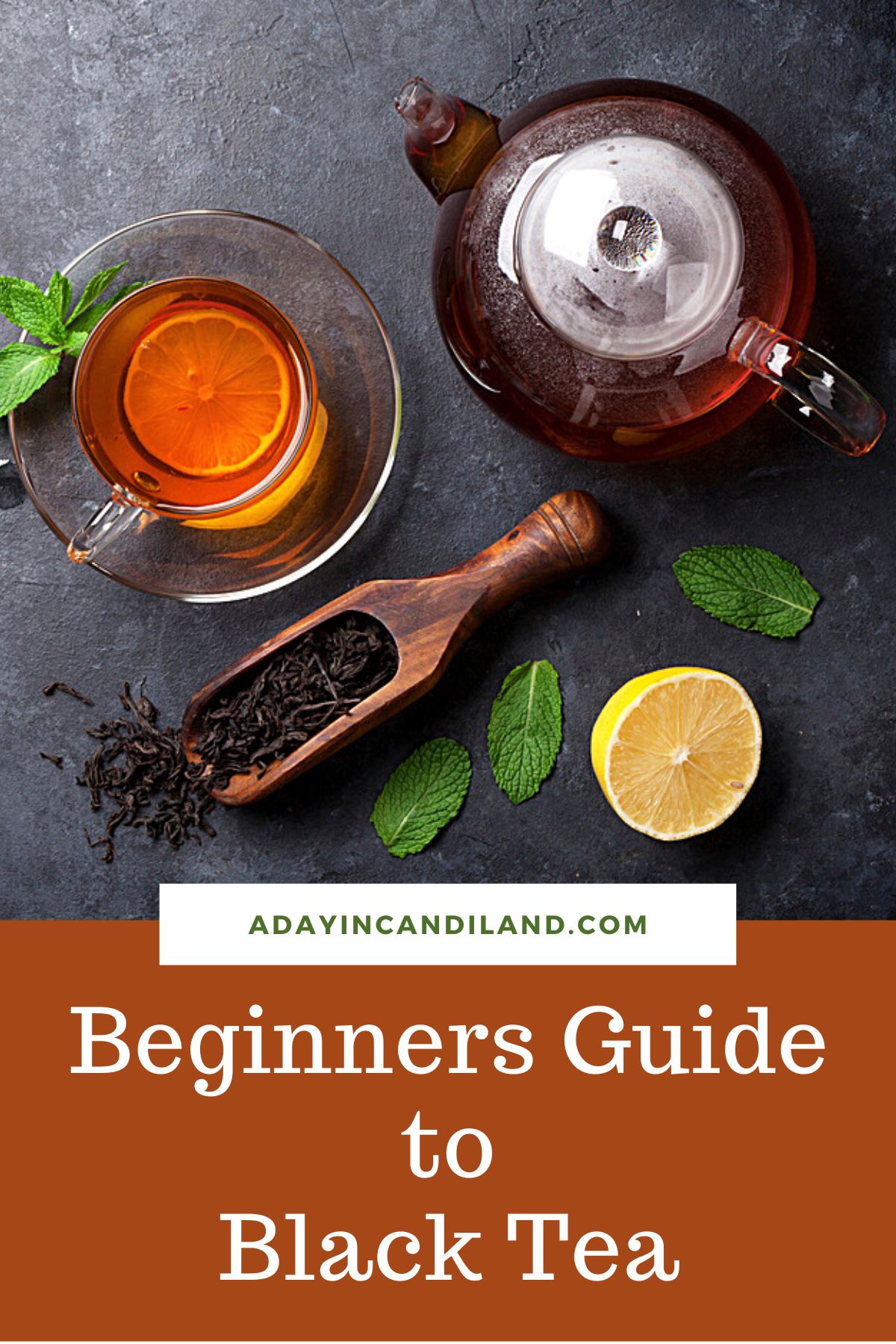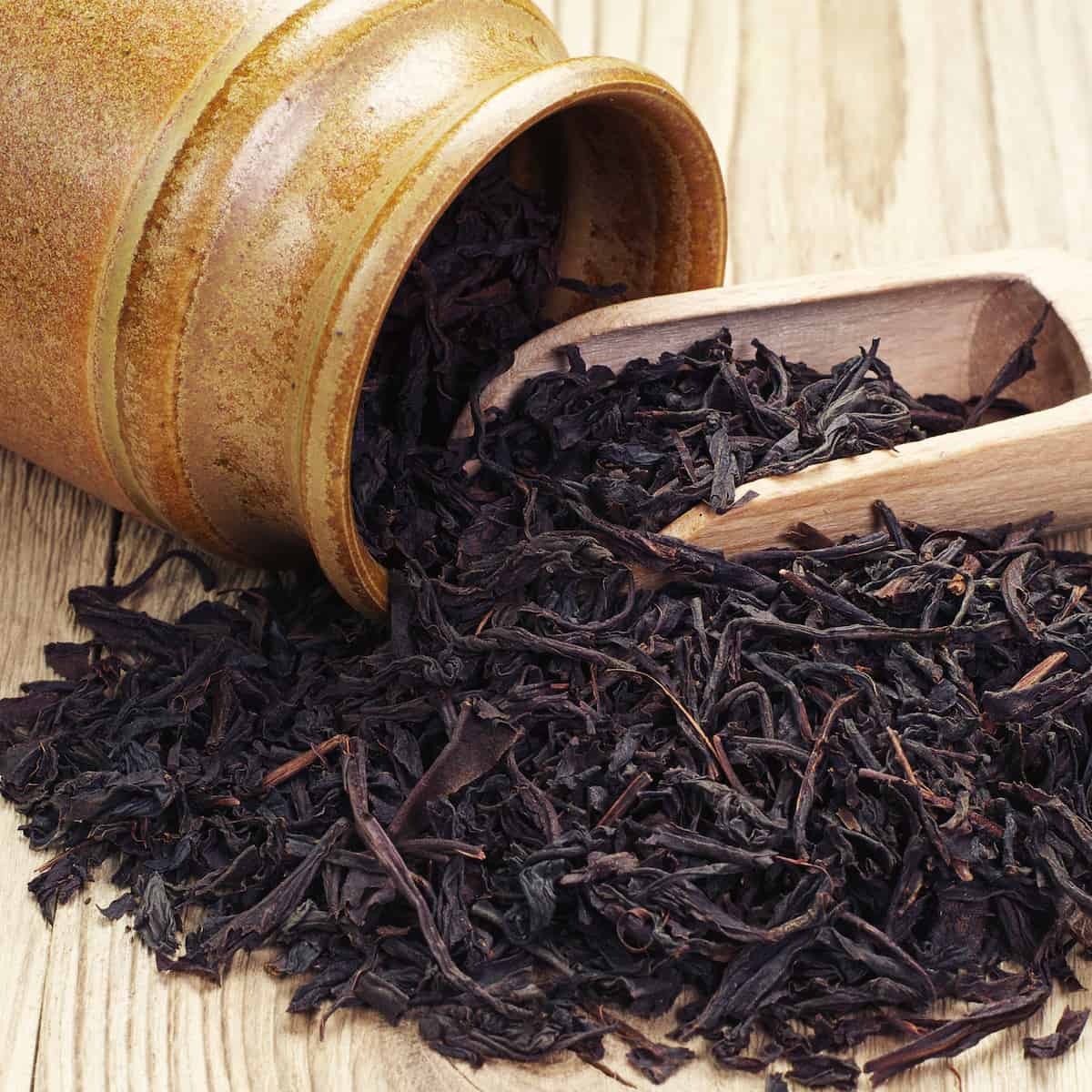The Ultimate Guide to Black Tea Leaves: Types, Benefits & Brewing Tips
- Blog
- The Ultimate Guide to Black Tea Leaves: Types, Benefits & Brewing Tips
green tea
Black Tea Leaves: A Closer Look at the Leaf That Warms Your Heart
You know, I’ve been drinkin’ tea all my life, and one thing I can tell ya for sure, black tea is somethin’ special. Now, black tea comes from the same plant that makes green tea—yes, the Camellia sinensis plant, but the way they treat that leaf makes all the difference. Ain’t nobody talkin’ ’bout fancy stuff like that, but I’ll tell ya how it all works in simple terms so you can understand how this tea gets to your cup. It’s got a whole process before it’s all brewed up nice and hot.
What Makes Black Tea Different?
Now, black tea ain’t just your regular tea, like what you get from some leaves in your backyard. This here tea is more oxidized than others, which means it goes through a special treatment. After they pick the leaves, they first let them wither by blowin’ some air on them, just like you’d fan your hand to cool off in summer. This helps the leaf lose its moisture. Then, they process it in two main ways: the CTC method or the orthodox method. The CTC method—don’t ask me what it stands for, it’s a whole lotta words—but that one crushes, tears, and curls the leaves, makin’ them all small and easy for tea bags. The other method, orthodox, is a bit more old-fashioned. It keeps the leaves in bigger pieces, and let me tell you, them leaves taste better.

Types of Black Tea Leaves
Now, you might wonder, “Why’s there so many types of black tea?” Well, sugar, that’s because they grade ‘em in different ways. The best kind is when you get whole leaves, and they call that stuff “orange pekoe.” If you see that word, it means you’re gettin’ top quality. But as you go down the list, you get smaller and smaller bits of the leaf. You’ll hear things like “fannings” or “dust” when they’re talkin’ ‘bout lower grades. But even them bits are still good for throwin’ in tea bags, though they don’t pack as much punch as the bigger leaves do.
How to Brew the Perfect Black Tea
Now, let me tell ya somethin’. Brewin’ black tea ain’t just throwin’ some hot water on them leaves and callin’ it done. Nope. You gotta do it right if you want the full flavor. First, you’ll need about 2.26 grams of tea leaves for every 8 ounces of water. Get that water to about 206°F—that’s just a smidgen below boiling, and then let it steep for 3 to 5 minutes. The longer you let it sit, the stronger it’ll be, but don’t go too long or it’ll get bitter. You want it just right, like the perfect cup of homemade soup.
Where Does Black Tea Come From?

If you’re wonderin’ where this fine tea comes from, well, most of the black tea we drink today comes from places like India, Sri Lanka, and China. One of the best-known varieties is Assam tea, which comes from a place called Assam in India. The leaves there are big, and that’s because they grow on a different kind of tea plant called Camellia sinensis assamica. It likes the warm, moist climates, and it grows real well in the sub-tropical forests. You’ll find it’s got a strong, rich flavor, just like the land it comes from.
Black Tea and Health
Now, let’s talk about something that matters to most folks: the health benefits of black tea. It’s got a little caffeine in it—about 2 to 4 percent, dependin’ on how it’s brewed. But don’t worry, it’s not like drinkin’ coffee, where you feel all jittery. The caffeine’s just enough to give you a little pick-me-up in the morning, or help you stay awake in the afternoon. Some folks also say it helps with digestion and gives ya a little boost when you’re feelin’ sluggish. But remember, everything in moderation. Too much tea might make your stomach flip-flop, and we don’t want that.
What Makes Black Tea So Special?
The thing about black tea is it’s not just for drinkin’ in the morning. It’s good anytime, whether you’re sittin’ on the porch in the afternoon or at a family get-together. It’s strong, it’s bold, and it’s got a rich flavor that’s hard to beat. And what’s even better, you can mix it up however you want. Some folks add a little milk or sugar, while others like it straight, no nothin’ extra. It’s all up to you, and that’s what makes black tea such a popular choice.

Wrapping Up
So there you have it, sugar. Black tea leaves come from the same plant as green tea, but it’s how they treat them leaves that makes the difference. Whether it’s the CTC method or orthodox, it all comes down to gettin’ that good tea in your cup. Remember, steep it right, enjoy the taste, and maybe even think about where your tea came from. It’s been a long road from the plant to your teacup, but now you know just a little bit more about how it all works.
Tags:[Black Tea, Black Tea Leaves, Tea Types, Tea Brewing, Assam Tea, Health Benefits of Black Tea, Tea Grading, Tea Processing]
© Copyright 2025 Qianwei Tea | Theme developed by sitemap